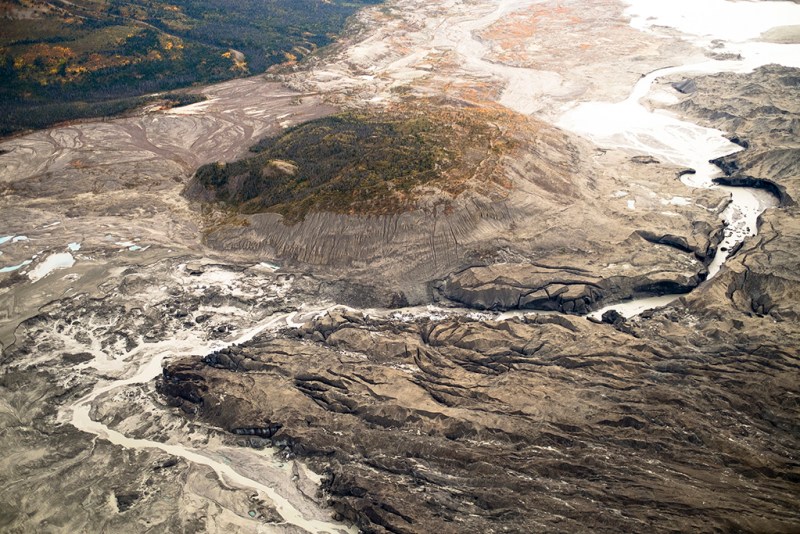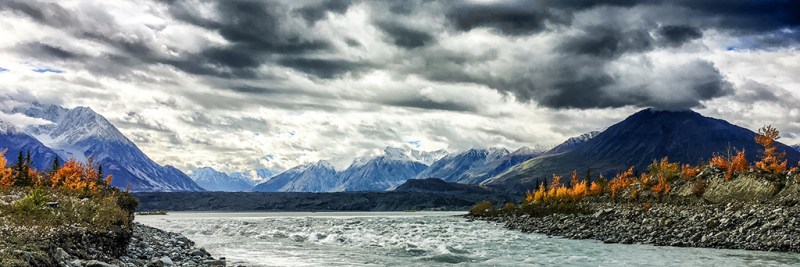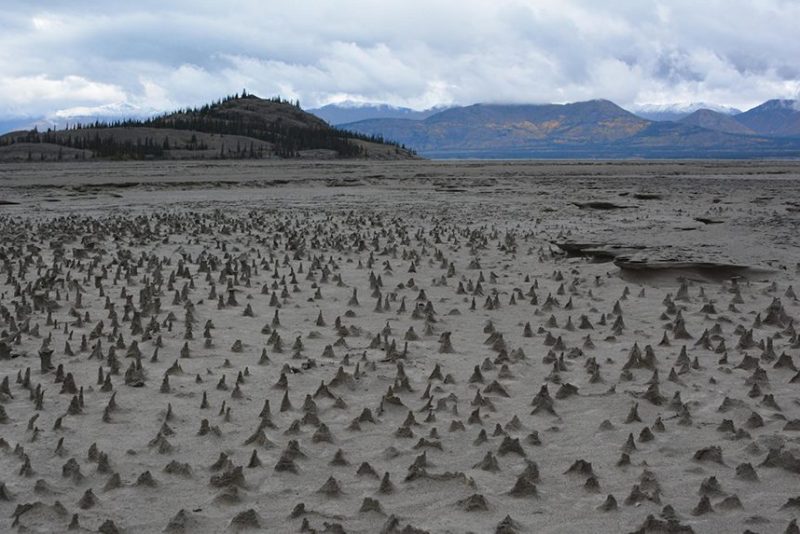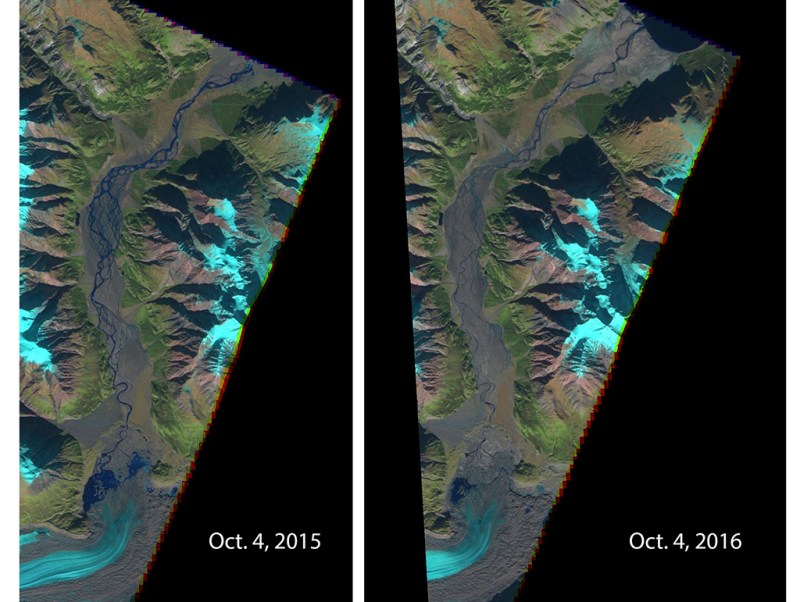
An entire river and lake nearly disappeared last year because of man-made climate change—a first according to scientists.
In a study recently published in Nature Geoscience, researchers described the first modern case of “river piracy,” when one stream is diverted into another, as a result of global warming. Last summer, rapid glacial melting in Canada’s Yukon territory eroded an ice wall, which unleashed a large torrent of meltwater. Within hours, that deluge began drastically rerouting the nearby river systems, shifting freshwater into the Pacific Ocean instead of the Bering Sea.

The shift in glacial runoff has dramatically reduced the flow of water in the Sims River and led to record low water levels in Kluane Lake, Yukon Territory’s largest body of water. Similar events have been documented in geologic history, but it’s the first time an incident like this has been recorded in modern history, the Washington Post reports.

According to the Post, researchers said there was “minuscule probability” the rapid event would’ve occurred in a more consistent climate, and concluded global warming was the cause of such a dramatic change.

—RealClearLife
This article was featured in the InsideHook newsletter. Sign up now.
























